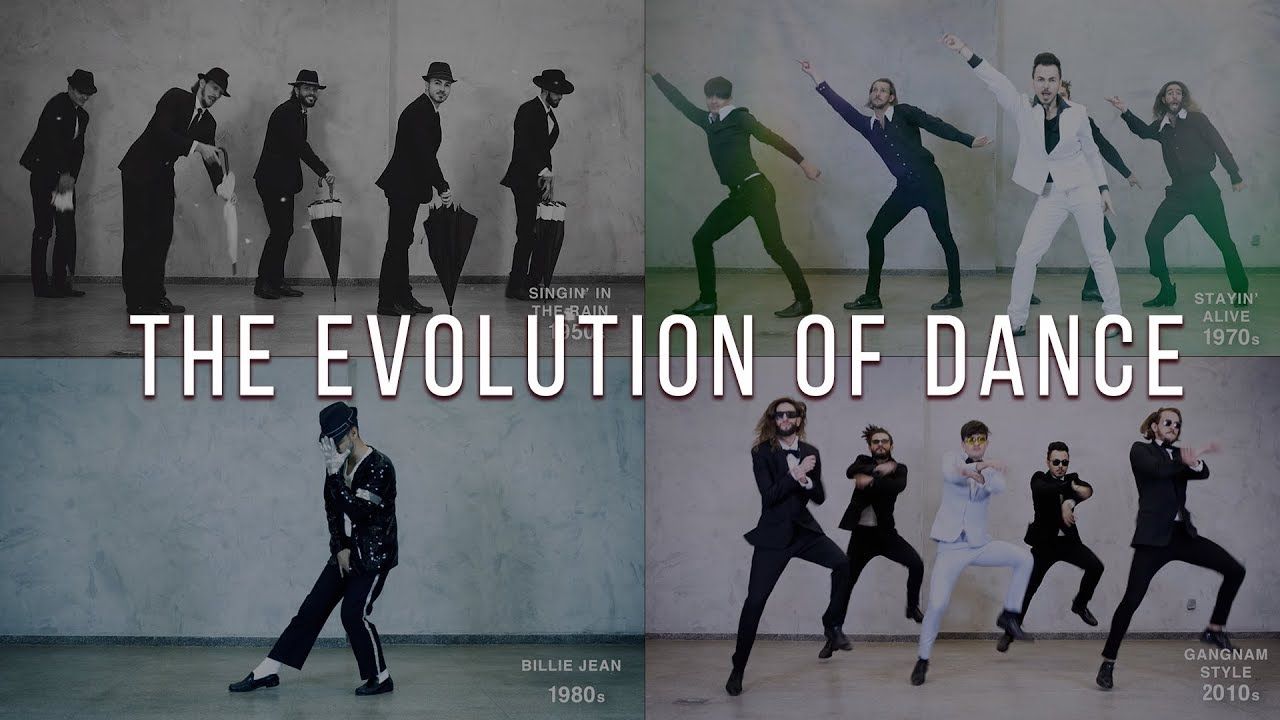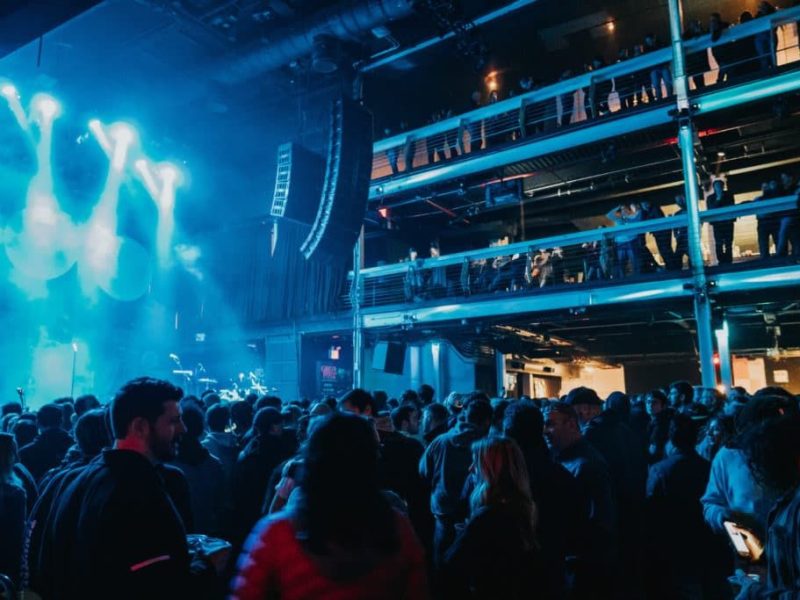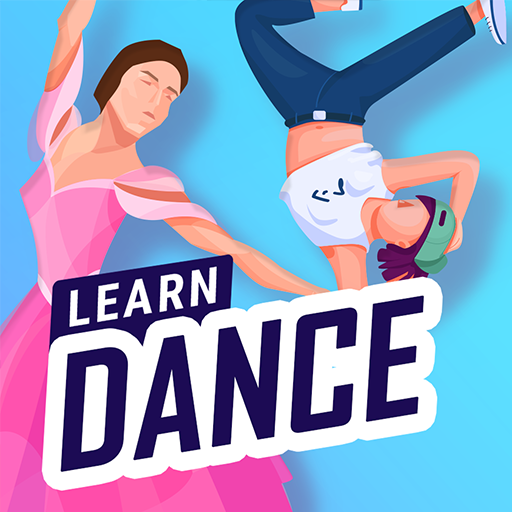For decades, dance has been an integral part of musical theater, adding beauty, emotion, and storytelling to performances. From the early days of Broadway to the modern era, dance in musical theater has evolved and changed, reflecting the trends and styles of the times. Let’s take a closer look at the evolution of dance in musical theater.
The Golden Age of Broadway
In the early 20th century, musical theater was dominated by the Golden Age of Broadway. Dance in musicals during this time was characterized by elaborate choreography and large-scale production numbers. Legendary choreographers such as Agnes de Mille, Bob Fosse, and Jerome Robbins created iconic dance sequences that are still celebrated today.
One of the most famous examples of dance in the Golden Age of Broadway is the ballet sequence in “An American in Paris.” Choreographed by Gene Kelly, this dance number seamlessly blends ballet with jazz, showcasing the versatility and artistry of dance in musical theater.
The Rise of Contemporary Dance
As musical theater entered the late 20th and early 21st centuries, contemporary dance began to make its mark on the genre. Choreographers like Twyla Tharp and Susan Stroman brought a modern sensibility to Broadway, incorporating elements of jazz, hip-hop, and even classical ballet into their choreography.
One of the most groundbreaking examples of contemporary dance in musical theater is the musical “Hamilton.” Choreographed by Andy Blankenbuehler, “Hamilton” features a unique blend of hip-hop and traditional Broadway dance styles, creating a fresh and dynamic approach to storytelling through movement.
The Influence of Pop Culture
In the digital age, pop culture has had a significant impact on dance in musical theater. Social media platforms like TikTok have made dance more accessible and popular than ever before, leading to a surge in viral dance trends that are often incorporated into musical theater productions.
Shows like “Be More Chill” and “Dear Evan Hansen” have embraced the influence of pop culture on dance, featuring high-energy, contemporary choreography that resonates with younger audiences. Choreographers are increasingly turning to social media and online communities for inspiration, creating dance sequences that are fresh, relevant, and exciting.
The Future of Dance in Musical Theater
As we look to the future, the evolution of dance in musical theater shows no signs of slowing down. With advances in technology and a growing emphasis on inclusivity and diversity, choreographers are pushing boundaries and exploring new ways to tell stories through movement.
Virtual reality, motion capture, and other innovative technologies are being integrated into dance rehearsals and performances, allowing choreographers to create immersive, interactive experiences for audiences. At the same time, there is a renewed focus on representation and diversity in casting, with choreographers working to ensure that dance in musical theater reflects the rich tapestry of human experience.
Conclusion
From the Golden Age of Broadway to the digital age, dance in musical theater has evolved and changed, reflecting the trends and styles of the times. Choreographers continue to push boundaries and explore new ways to tell stories through movement, creating dynamic and engaging dance sequences that captivate audiences around the world.
As we look to the future, the possibilities for dance in musical theater are endless. With advances in technology, a focus on inclusivity and diversity, and a growing appreciation for the artistry of dance, the evolution of dance in musical theater is sure to continue, captivating and inspiring audiences for generations to come.


